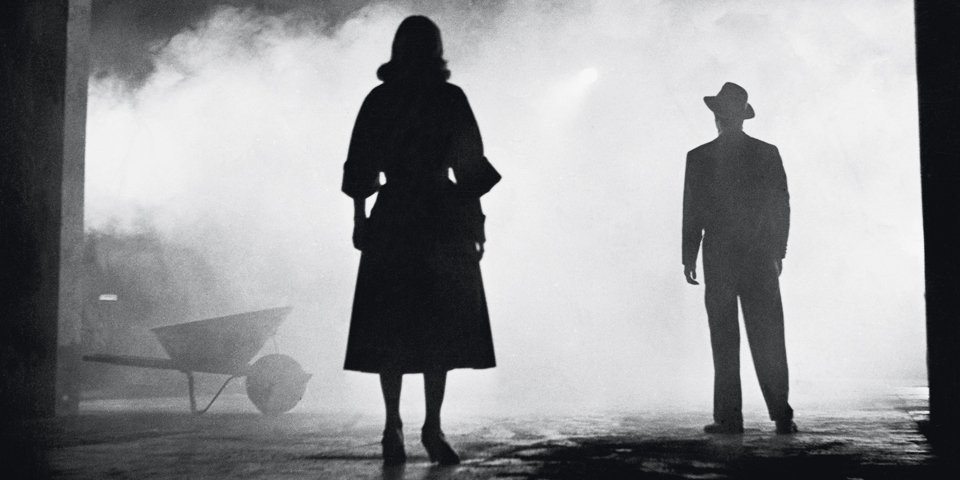It took a bit longer for the youth rock revolution to hit German televisions compared to the United States–where American Bandstand was already in existence pre-Elvis–and the United Kingdom, where Oh Boy debuted in 1958 as that country’s first pop show. But when German television premiered Beat Club in September 1965, it would profoundly change the culture.
The show took its visual cues from both the UK–with its London Underground-aping logo–and the US, with its go-go dancers. It even borrowed some of its hosts from across the Channel, like Dave Lee Travis, who was working at pirate station Radio Caroline at the time.
The show’s producer Michael Leckebusch was a more traditional man who preferred musicals to rock, but he knew his market, and he knew how to check the pulse of the scene, by attending The Star Club in Hamburg–one of the venues where the Beatles paid their dues.
Over its seven years of shows, which went into color broadcast right when psychedelia was taking off, Beat Club introduced German teenagers to the likes of The Kinks, King Crimson, The Grateful Dead, Captain Beefheart, Cream, Frank Zappa, The Small Faces, The Rolling Stones, Steppenwolf, Led Zeppelin, Jimi Hendrix, The Who, and David Bowie, among many others.
In fact, German acts did not appear on the show until 1971. But by that time Beat Club had also strayed from rock and was exploring jazz-rock, fusion, and other non-pop formats.
The impact on a country that was used to quiz shows and coffee and cake on a Sunday afternoon can’t be overstated. It was, as the announcer Wilhelm Wiegen told the viewers, a show “by young people, for young people.” That sounds like basic marketing now, but at the time it was a lifeline to an entire generation.
And soon the effect was felt beyond Germany, according to German site Deutsche Welle.
But Beat-Club kept the youth on its side, pulling in 70 million viewers from approximately 30 countries — from Hungary and Finland to as far as Thailand and Tanzania. At its peak, 63 percent of Germany’s under-30s were regularly tuning in to the music show.
These were the beginnings of the youth that would become the Studentenbewegung (“student movement”), also known as the 68ers. With hits such as The Who’s “My Generation” and the Rolling Stones’ “Satisfaction,” Beat-Club gave its “Beat-friends” the motivation to stand up and fight back against an out-dated generation. It was a soundtrack for a new life.
There is plenty of footage of the show knocking around YouTube, including this channel devoted to full episodes, and numerous other clips. And though the show stopped in 1972, a nostalgic radio version continues to broadcast with its original female host Uschi Nerke.
Related Content:
Radio Caroline, the Pirate Radio Ship That Rocked the British Music World (1965)
Four Female Punk Bands That Changed Women’s Role in Rock
The Crazy, Iconic Life of Nico; Andy Warhol Muse, Velvet Underground Vocalist, Enigma in Amber
Ted Mills is a freelance writer on the arts who currently hosts the artist interview-based FunkZone Podcast and is the producer of KCRW’s Curious Coast. You can also follow him on Twitter at @tedmills, read his other arts writing at tedmills.com and/or watch his films here.




